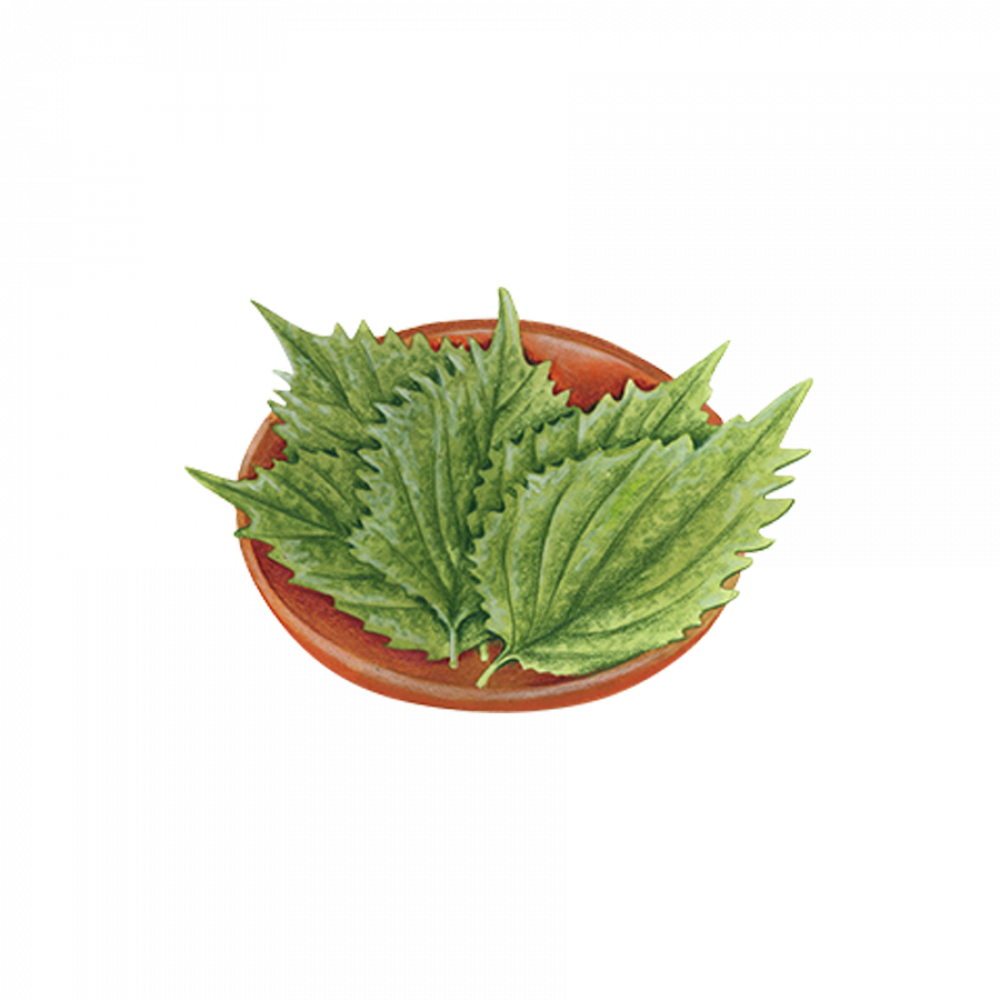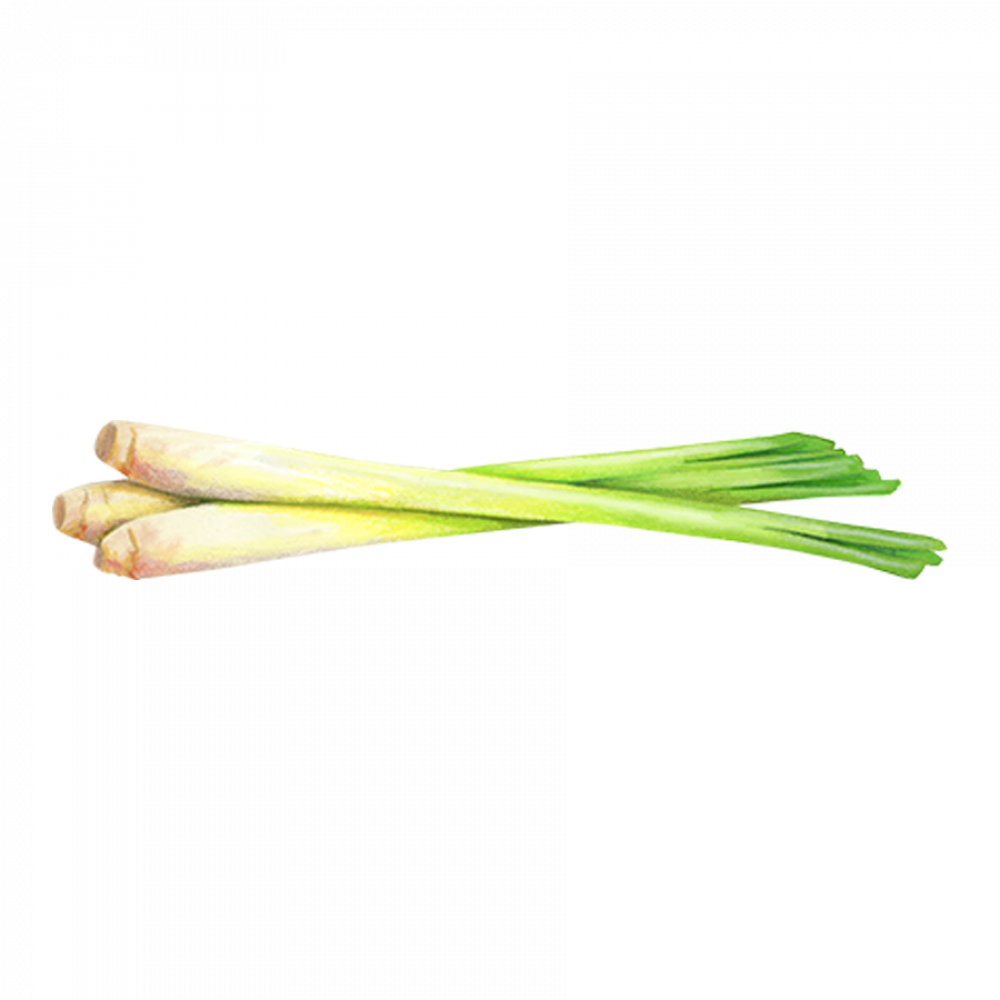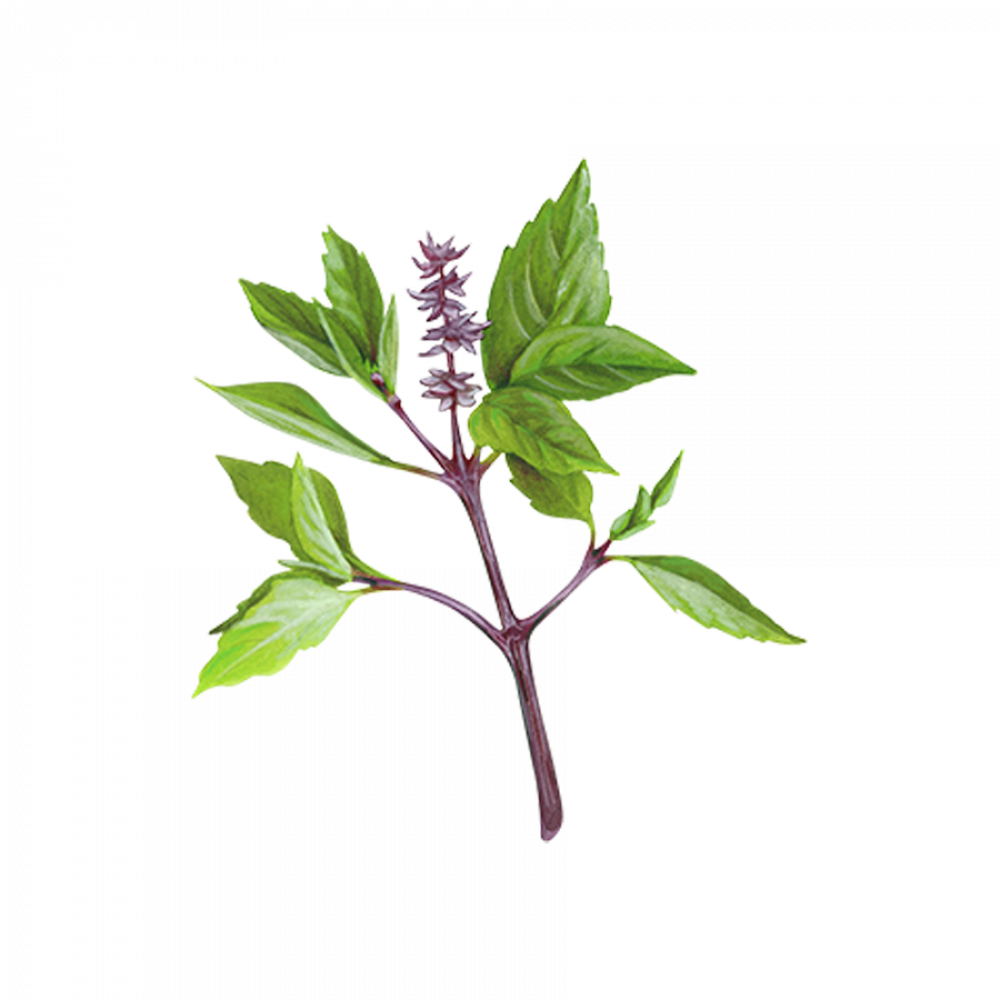Mild or bracing, sweet or spicy, pungent or floral-Culinary herbs run the gamut of flavors, and parsley, sage, rosemary and thyme barely begin to capture the spectrum. There are hundreds of herb varietals-including at least 50 types of basil alone. Asian cooks rely heavily on herbs, with a repertoire that until recently could be challenging to source in the U.S. outside Asian markets. Now that well-stocked supermarkets are catching up, here Are five Asian herbs we particularly love.

Curry Leaves
Not to be confused with the curry powder spice mix, curry leaves come from a tree native to India that’s in the same family as citrus fruits. The glossy green leaves are an essential herb of South Indian cooking, tasting spicy and savory, with notes of cumin and toasted garlic. They’re generally sautéed in ghee or oil, often with other spices and aromatics as part of a tarka to flavor soups, dals and curries. They also can be dried and crumbled over any dish as a bold garnish.
Shiso
Also called perilla leaves or beefsteak herb, shiso is native to India and China but more closely associated with Japanese cuisine. This cousin of mint has a bright flavor variously described as resembling some combination of basil, mint, cinnamon, tarragon and/or anise. Spade-shaped leaves with frilly edges come in either purple or green. Usually eaten raw, shiso is added as a garnish for soups and rice, wrapped into sushi rolls or served with sashimi; its slight bitterness balances the richness of fattier fish or even marinated meats.


Lemon Grass
A perennial in the grass family, lemon grass looks like a small leek, growing from a white base to cream then green, sometimes with purple veins. Young lemon grass has a tropical, fruity aroma and an herbal, citrusy flavor that diminishes as the plant ages. An essential ingredient in Southeast Asian cuisines, lemon grass is thought to have become popular in Thai cuisine to mask the gamey scent of meat. Older, tougher stalks are bruised to release its aroma before infusing broth, coconut milk or oil, then discarded. Tender stalks often are minced and used without removing.
Thai Basil
Spicier and more pungent than more-common Italian basil, Thai basil has a distinct anise flavor when eaten raw. It’s also sturdier, so it stands up to cooking when added at the end of stir-fries, green curry or dishes like pad ki mao, or drunken noodles. The thin, tapered leaves sprout purple from the stalk and turn green as the plant ages. It’s different from another variety intrinsic to Thai cuisine, holy basil, which has sawtoothed leaves that are peppery, rather than sweet.


Pandan
Key to the cuisines of Malaysia, Indonesia and Thailand, the long, bright green leaves resemble huge blades of grass. They carry a slightly sweet, soft floral aroma that is remarkably rice-like, bordering on grassy vanilla mixed with almonds and coconut. Leaves must be boiled or bruised to release their flavor—they’re tied in a knot and added to rice cooking water—or they are used to wrap meat before steaming or grilling. Pandan traditionally was ground into a paste to flavor desserts, but now extracts and powders do that work.








